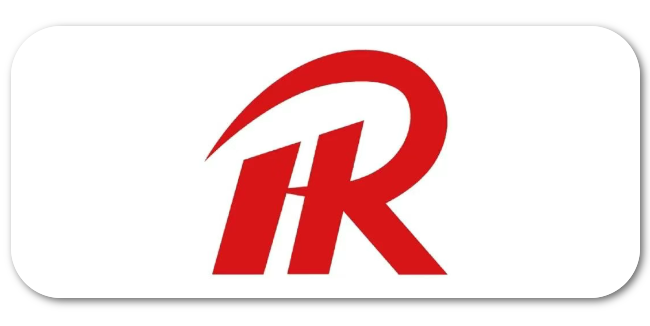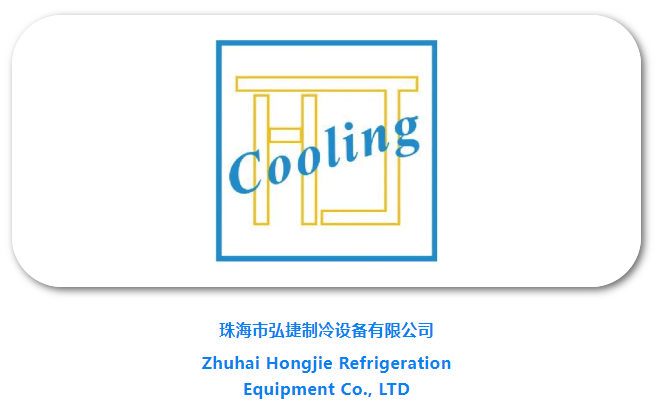A freezer is an electric appliance that keeps food frozen at extremely low temperatures. Generally, a household freezer is built into a refrigerator to keep ice cubes and ice creams. A beverage cooler is smaller than a conventional refrigerator and uses less energy to cool the beverage containers. It is typically designed for holding cans and bottles. There are different types of freezers including ice-cream freezer, chest freezer, and upright freezer. So arethe different types of coolers namely beverage coolers and wine coolers.
In the past few years, the freezer & beverage cooler market in South East Asia (SEA) has gained traction owing to the increase in demand for packaged foods and non-alcoholic drinks. According to the Coherent Market Insights’ (CMI’s) analysis, Indonesia had the highest packaged food sales in the SEA region. Ice cream, chilled processed food, and frozen processed food witnessed higher adoption pattern in Indonesia.
Demand for processed and ready-to-eat foods, especially frozen foods, is rising across South East Asia as time-pressed consumers have encompassed the convenience of the freezer and of microwave cooking, says Raj Shah, Strategy Consultant at Coherent Market Insights (CMI). He further adds, among nations in South East Asia,Vietnam has witnessed the fastest growth in retail sales of packaged food and beverages at CAGR of 14.7% from 2007 to 2019.
Fig - 1: South East Asia Freezer and Beverage Cooler Market Value (US$ Mn) Analysis and Forecast
Source: Primary Research, Coherent Market Insights (CMI) Analysis, 2020.
According to the Coherent Market Insights’ analysis, the freezer & beverage cooler market in South East Asia (SEA) was valued at US$ 596.8 Mn in 2019 andis expected to reachUS$ 957.5 Mn in terms of value by the end of 2027 with a Cumulative Annual Growth Rate (CAGR) of 6.1% during 2020 and 2027.
Fig - 2: South East Asia Freezer and Beverage Cooler Market – Driving Factors
Source: Primary Research, Coherent Market Insights (CMI) Analysis, 2020.
As a step towards green economy, various international protocols made it mandatory for commercial refrigeration manufacturers to comply with rules set forhydro chlorofluorocarbons (HCFC). Furthermore, the Environmental Protection Agency (EPA) has implemented the clean air act in an attempt to phase out the class-I chlorofluorocarbon. Implementation of these regulations have created a challenging business environment for local and regional manufacturers across the SEA to establish themselves as the technology to design, develop, and manufacturefreezer and beverage coolers is expensive.
High switching cost is another factor which has hampered the growth of the SEA freezer & beverage cooler market in the recent past.Many freezer and beverage cooler manufacturers are endorsing the use of energy-efficient products, in order to curb carbon emission and impact of electronic equipment onto environment governments across the region. The switching cost involved in upgrading the old commercial refrigeration equipment to energy-efficient equipment driven by new compliancesis comparatively high, which is seen as a potential barrier to the continued growth story of the freezer and beverage cooler market in SEA during the long run.
Apart from being a preferred choice in residential applications,Freestanding fridge-freezers also have consideration demand from commercial outlets owing to its multi-functionality, says, Nirali Pandit, Food and Beverage Consultant, CMI.
Indonesia is the largest populated country among the SEA countrieswith 270,626 billion people in 2019. The country has witnessed a strong growth of GDP on a year-on-year basis for the last few years and has witnessed a GDP of US$ 1,119,190 trillion in 2019, as per thedata cited by World Bank. Increasing population is proportionallyexpected to lead to an increased demand for food and beverages. Increasing urbanization has further bolstered the demandfor packaged foods, ready-meals, frozen foods, sauces, and dressings. Purchasing pattern has changed in last few years, as increasing number ofIndonesians are procuring groceries (on a weekly basis) from hypermarkets, supermarkets, and convenience stores. These trendsare expected to trigger the demand for freezer and beverage cooler from Indonesia during the next 10 creating positive growth opportunities for the entities in the ecosystem of this industry.
In case of Vietnam, the tourism sector is one of the largest contributors to the country’s economy and the total international arrivals were recorded at 12,922,000 million in 2017 which increased and reached15,498,000 million visitors by the end of 2018, as citedbyWorld Bank. The tourism industry has enhanced the shopping experience in Vietnam. There is a massive shift from conventionalgrocery shops including small independent stores, wet markets, and food stalls to modern retail segment, which includes supermarket, forecourt retailers, cash and carries, duty-free stores, e-commerce, warehouse clubs, and bakeries.Further, Vietnam's dynamic, young and educated population coupled with the country’s increasing GDP from US$ 2,566.6 thousand per capita in 2018 toUS$ 2,715.3 thousand per capita in 2019 is one of the driving forces behind the foodservice sector.Craving needs of youth to have packaged food, and cold beverages are catering to the growth of the market in Vietnam. The trend is expected to continue with numerous brands aiming to target this demography and capitalize on growing revenue opportunity.
Impact of Covid -19 (Coronavirus) Pandemic
According to Coherent Market Insights’ (CMI) analysis, COVID-19 pandemic has severely impacted the freezer and beverage cooler industry, owing to the disruption in the supply chain of the food & beverage industry. Indonesia, a denselypopulated country in the SEA and a major market for freezer and beverage cooler, has witnessed lockdown as a measure to fight the pandemic which has upset thesupply chain process of food, beverages, and electronics. These factors are expected to further hamper the growth of electronics industry and especially beverage coolers industry in SEA. Therefore, the market growth of freezer and beverage cooler industry is expected to observe a decline amidst of these challenging situations during COVID-19 pandemic, but is expected to rebound in the first quarter of 2021, as consumers adapt to new normal and return to their eating pattern mainly focused on packaged foods and non-alcoholic drink.Also, Tourism is expected to commence in the early last quarter of 2020, and is expected to gain traction by 2 nd quarter of 2021, further helping freezer and beverage cooler industry in Indonesia to propel.
Read more






















